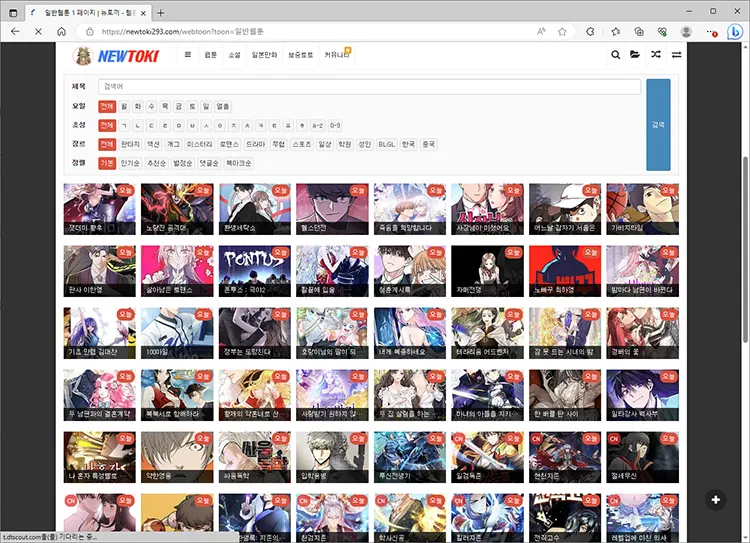The Evolution of Webtoons
The Evolution of Webtoons
Blog Article

Webtoons have become a significant part of the digital storytelling landscape, captivating audiences around the world with their unique blend of art and narrative. Originally emerging from South Korea, this format has rapidly gained popularity due to its accessibility and diverse genres. With the ability to read them on various devices, webtoons offer an immersive experience that traditional comics may not provide. This article explores the world of webtoons, their evolution, the different genres available, and how they engage readers in new ways.
The Evolution of Webtoons
The concept of webtoons began in the early 2000s, when South Korean creators started publishing their comics online. Platforms such as Naver and Daum played pivotal roles in this transformation, allowing artists to reach a broader audience without the constraints of print. The vertical scrolling format, which is characteristic of webtoons, was designed for easy reading on smartphones, making it an ideal choice for a generation that consumes content on the go.
As webtoons gained traction, they began to diversify in terms of content and style. Many creators started experimenting with storytelling techniques, blending genres and including interactive elements that engage readers even further. This evolution has led to the creation of a vast library of webtoons, encompassing everything from romance and fantasy to horror and slice-of-life genres.
Genres and Themes in Webtoons
One of the most appealing aspects of webtoons is the wide range of genres available. This diversity allows readers of all ages and preferences to find content that resonates with them. Below are some popular genres:
Romance
Romance is one of the most beloved genres in webtoons. These stories often delve into the complexities of love, relationships, and personal growth. The characters are frequently relatable, drawing readers into their emotional journeys. Titles like "Let's Play" and "True Beauty" exemplify how romance can be portrayed in webtoons, often with a comedic twist.
Fantasy
Fantasy webtoons transport readers to imaginative worlds filled with magic, mythical creatures, and epic adventures. Series such as "Lore Olympus" and "Tower of God" have captivated audiences with their intricate world-building and compelling plots. These stories often explore themes of power, destiny, and the battle between good and evil.
Slice of Life
Slice of life webtoons offer a more grounded perspective, focusing on everyday experiences and personal relationships. These narratives often highlight the humor and challenges of daily life, making them relatable to many readers. Titles like "Age Matters" provide a refreshing take on adult life, love, and the pursuit of dreams.
Engagement and Community
Webtoons foster a unique sense of community among creators and readers. The interactive nature of platforms allows readers to comment, like, and share their thoughts on episodes, creating a dialogue between fans and artists. This feedback can influence storylines and character development, making readers feel invested in the outcome.
Moreover, many webtoons have been adapted into live-action series, animations, or even video games, further expanding their reach. This cross-media appeal has not only increased their popularity but has also allowed fans to engage with their favorite stories in multiple formats.
Conclusion
In conclusion, webtoons represent a dynamic convergence of art and storytelling that continues to evolve. With their rich diversity of genres and ability to engage readers, they are reshaping how stories are told and consumed in the digital age. As more creators venture into this realm, the possibilities for innovative narratives are limitless. For those interested in exploring this exciting medium, a great starting point would be to check out webtoons that are available online, where an abundance of stories awaits.
Report this page